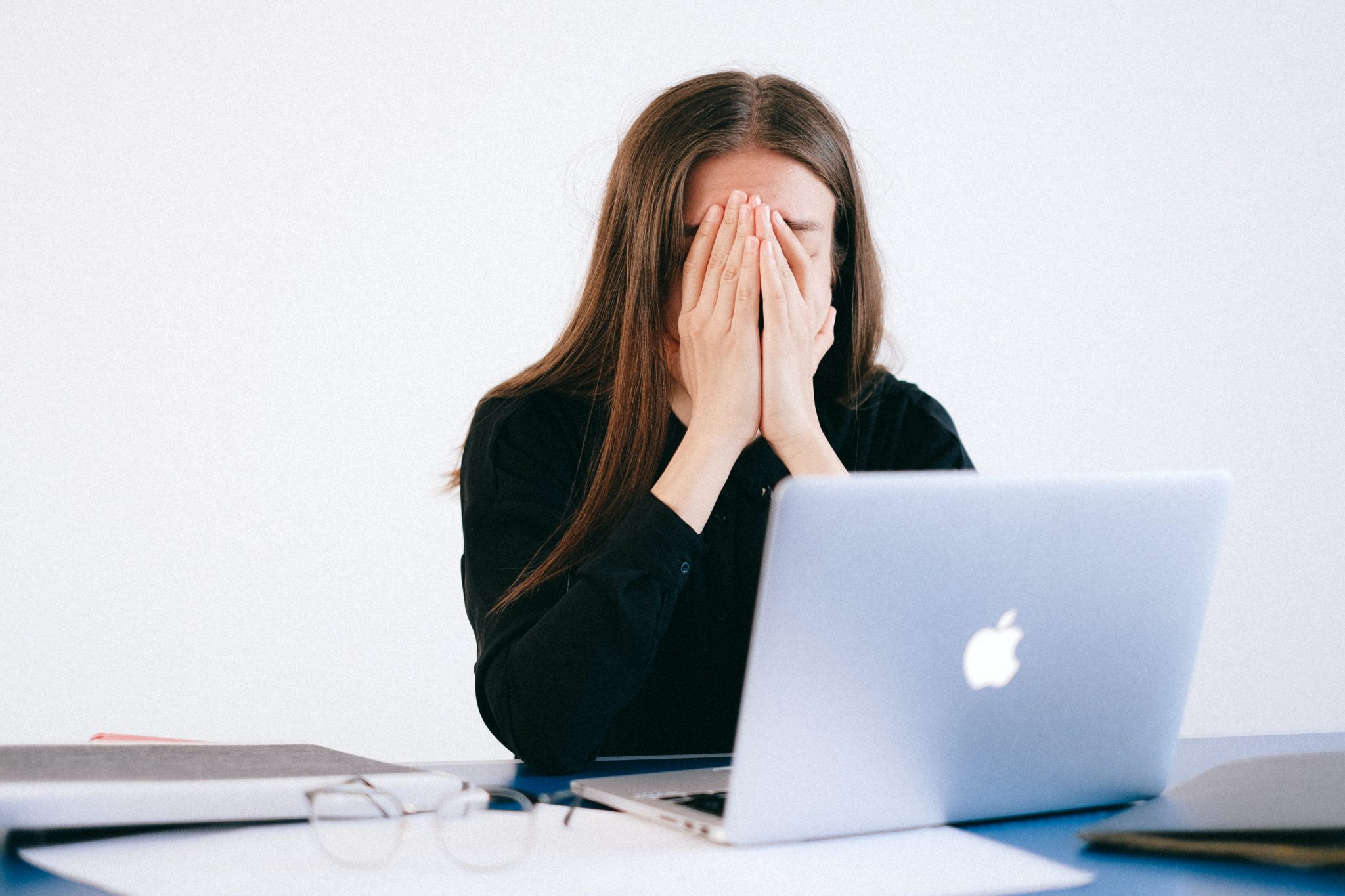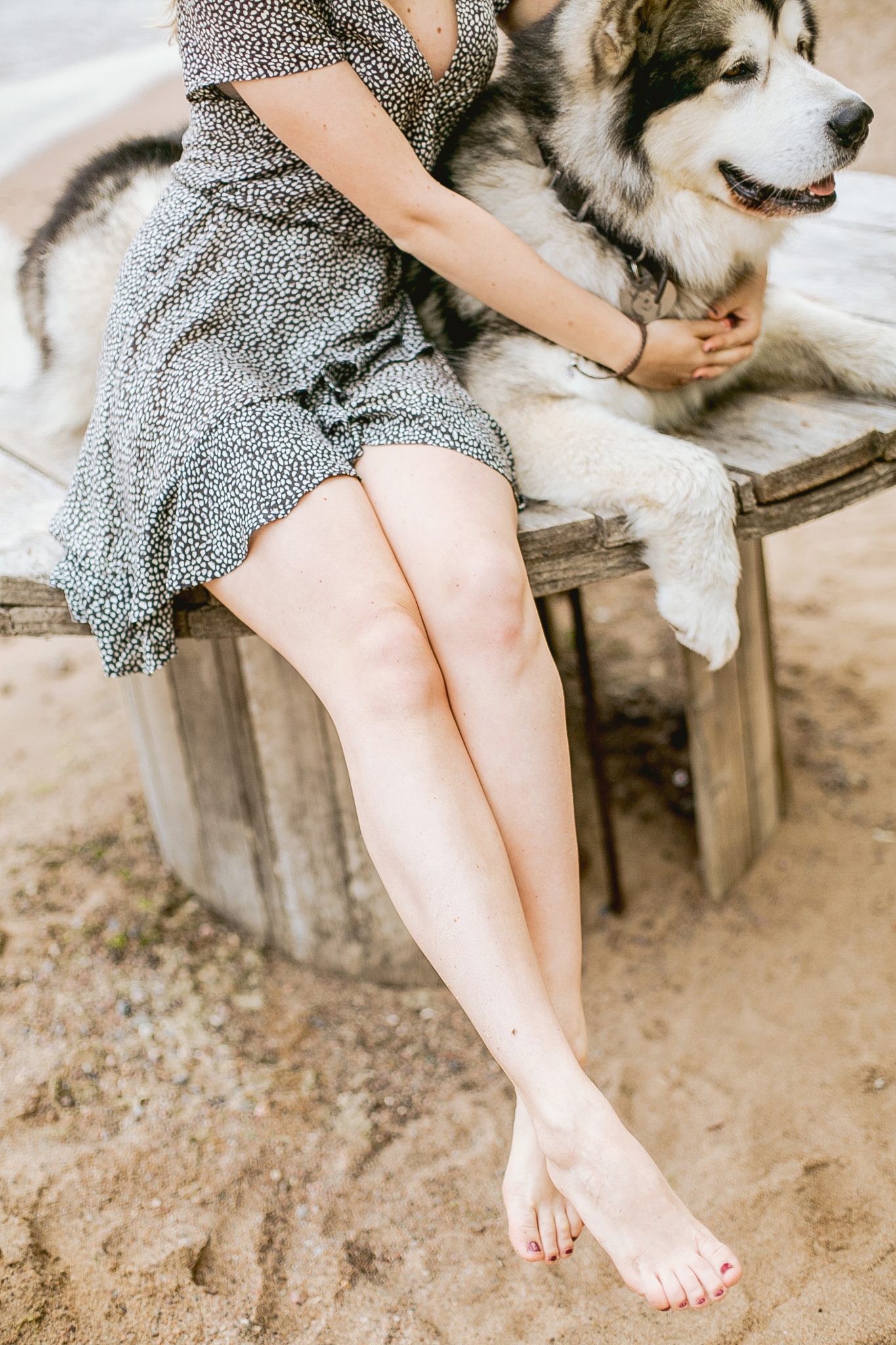Can You Treat Spider Veins at Home?
If you’ve been noticing twisty little blue, red, or purple lines, AKA spider veins, climbing up your legs and ankles, you’re probably wondering how they got there and how to get rid of them.
While there are medical treatments, like sclerotherapy, that can help eliminate the appearance of spider veins, they can be costly and require recovery time. And for some people, the thought of having a needle stuck into their veins makes them shudder.
Are There Ways to Treat Spider Veins Without Medical Procedures?
Whether you don’t want to get an injection or you don’t want to spend the money, are you just stuck dealing with spider veins that could get worse with time? Thankfully, there are some things you can do at home to help decrease the appearance of spider veins, no needles required.
Knowing some of the potential causes of spider veins can also help you possibly avoid getting them in the first place with preventative measures. If you’ve already got spider veins, this information can empower you to reduce their appearance and keep them from getting more pronounced.
What Causes Spider Veins?
Genetics play a large role in whether or not you’ll get spider veins. You can’t change your genes, but you can do what’s in your power to support your vein health.
- Injuries to the skin can weaken the vein walls and make them more susceptible to swelling and bulging.
- Hormones, including those involved with pregnancy, can bring on spider veins because estrogen weakens vein valves.
- Medications can have a negative impact on blood flow which can make you more susceptible to spider veins.
- Sun exposure can cause spider veins (or make them worse), although these will more likely occur on your face, where you get the most sun. This is due to collagen beneath the skin breaking down from excessive sun.
- Obesity can make you more vulnerable to spider veins because the extra weight puts more pressure on your veins and can weaken the walls.
- A sedentary lifestyle can contribute to spider veins because when you’re inactive and sitting or lying down for long periods of time, your blood becomes more stagnant and doesn’t flow properly. Physical movement is needed to help push the blood back up the legs.
- Spending long periods of time on your feet can cause blood to pool in the calves and feet, rather than flowing back up toward the heart. This increases the pressure on the vein walls and can lead to spider veins.
Home Treatment to Alleviate Spider Veins
While home treatment can’t guarantee 100% elimination of spider veins, it can help to reduce the appearance of those unsightly lines. Diet and lifestyle changes are the most important home treatments to support healthy veins. There are nutrients found in some foods and herbs that can help promote healthier blood circulation and, in turn, lead to stronger, healthier veins. There are also some lifestyle changes you can make to help promote better blood flow.
- Apply apple cider vinegar to the affected area. Apple cider vinegar is known to help with encouraging blood circulation so it can be beneficial for decreasing the appearance of spider veins. It can be applied directly to the skin around the spider veins or applied in conjunction with compression by soaking a cloth in the vinegar and wrapping it around the leg or ankle.
- Increase your intake of anti-inflammatory foods. Foods with anti-inflammatory properties are beneficial to blood circulation by reducing inflammation and pressure on the veins. Foods rich in omega-3 fatty acids are anti-inflammatory, like salmon, sardines, and flaxseed. Other top anti-inflammatory foods to add to your diet are berries, avocado, broccoli, and green tea.
- Eat more potassium-rich foods. Water retention can make the veins more swollen and visible. Eating a diet rich in potassium can help to decrease water retention. One of the biggest culprits of water retention is sodium so be mindful of your salt intake. Eat plenty of potassium-rich foods like bananas, dark leafy greens, and beans.
- Incorporate more high-fiber foods into your diet. Fibercan help stimulate healthy digestion. Digestive issues can wreak havoc on your blood circulation and vein health. Eat plenty of fiber-rich foods, like beans, broccoli, apples, and popcorn, to keep your digestive system functioning optimally.
- Consume more foods high in flavonoids. Foods high in flavonoids are anti-inflammatory and can relieve swelling in the veins. Eat more citrus fruits, onions, kale, dark chocolate, and red wine to reap the benefits of flavonoids.
- Drink enough water. Staying hydrated helps to keep the blood from getting thick and clotting. Proper hydration is essential for good blood circulation so drink plenty of pure, clean water to keep things flowing.
- Take vein-supporting herbal supplements. Some herbs are known for having anti-inflammatory and circulation-promoting effects. Horse chestnut is a commonly-used herbal supplement for spider veins since it helps to tone the veins and increase blood flow in the legs. If you also experience heaviness and achiness late in the day, butcher’s broom may be a good option. It helps encourage blood circulation to keep the blood from staying pooled in the legs.
- Take part in regular exercise. Physical activity encourages blood flow which is crucial for vein health. It can help push the blood back up the legs which can relieve pressure on the leg veins. Opt for low-impact exercise to prevent further damage to veins. High-intensity exercises can be too rough on the legs veins and possibly exacerbate the problem.
- Use compression stockings. These stockings apply pressure on the feet and legs to push blood back up towards the heart. They’re available in light or medium pressure, so you can choose the one that’s most comfortable for you. Those with the firmest pressure are often prescribed by medical professionals. These typically go up to the knee and are worn all day and removed for sleep. There are also a wide range of knee-high compression socks available in a variety of colors and patterns. For days where you will be more active, it’s a good idea to wear compression stockings or socks to alleviate leg soreness in the evening.
Summary
Now you know what causes spider veins and what lifestyle and dietary changes you can make to prevent or reduce the appearance of spider veins. Awareness of what makes you more susceptible to spider veins can help you make the changes you need to promote the health of your veins. As much as home treatments can help make spider veins less visible, they are not likely to eliminate the veins.
While a healthy diet and lifestyle are extremely helpful for decreasing the appearance of spider veins, it’s important to seek out professional care if the problem persists. If you’re experiencing symptoms from spider veins that don’t respond to diet and lifestyle changes, contact us today to book an appointment.





